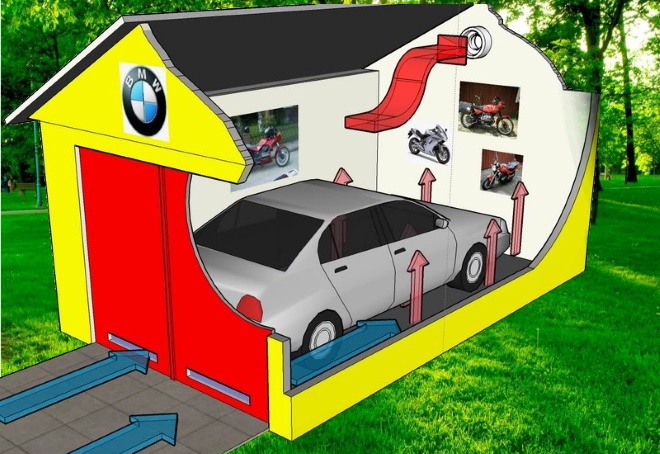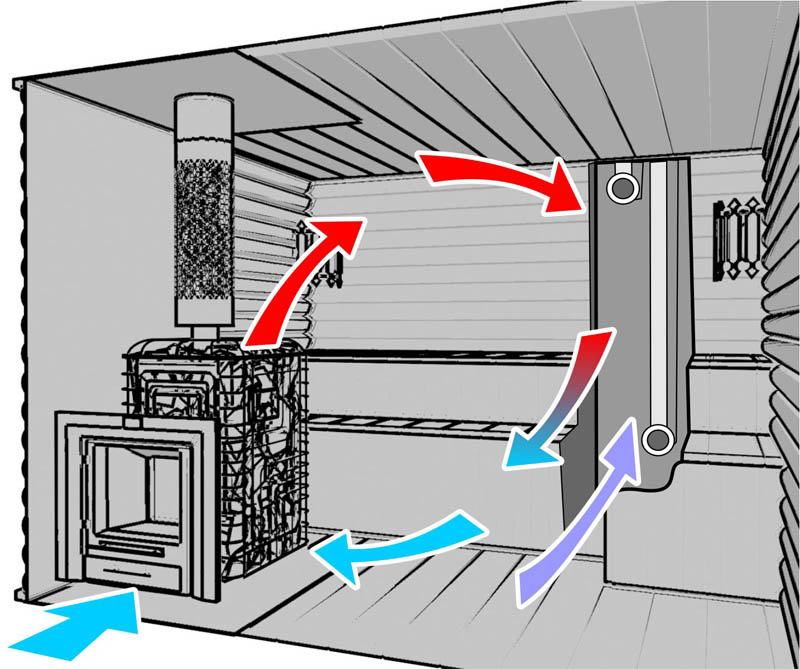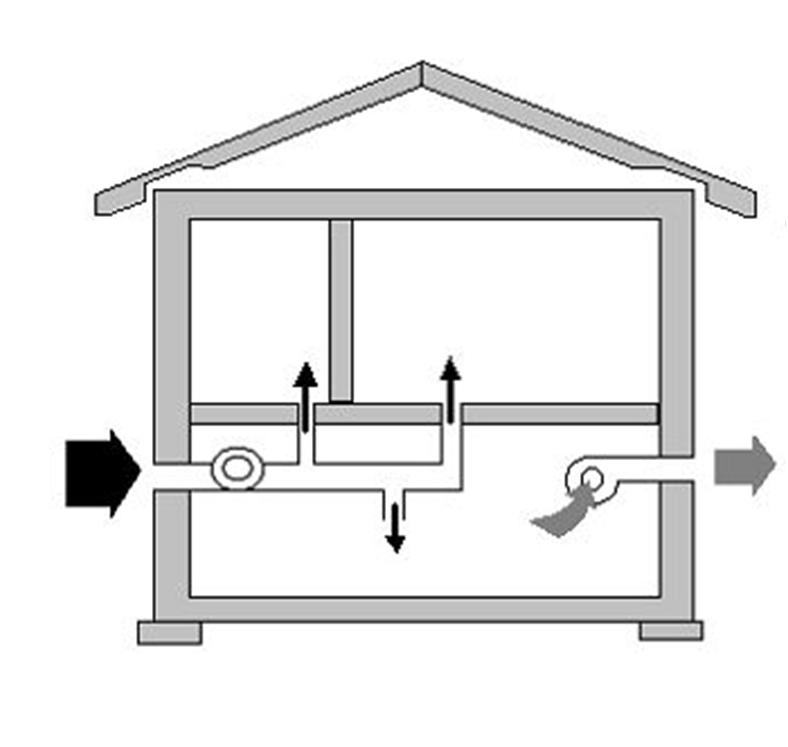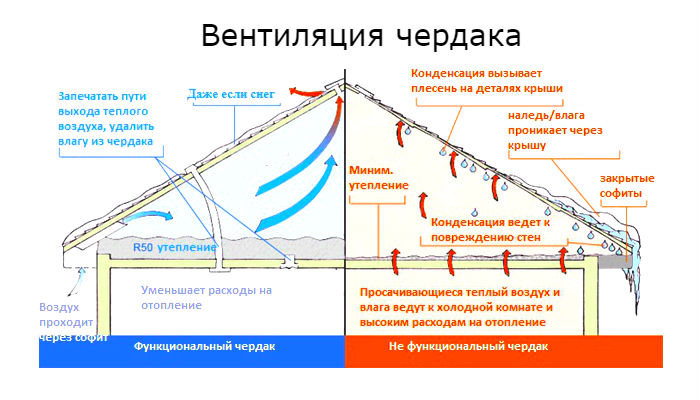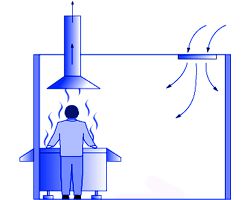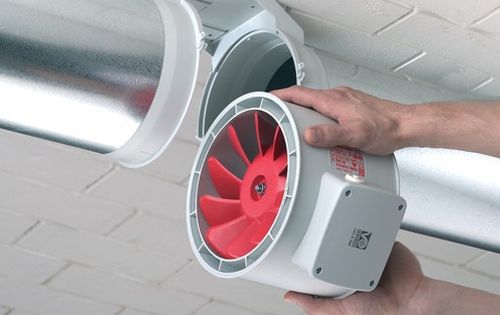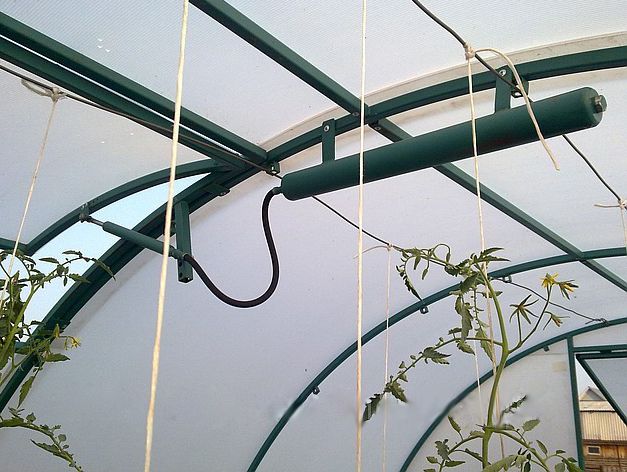Forced ventilation using fans is necessary where there is no good natural draft. The selected fan model should correspond in terms of power to the volume of the room and its purpose. Most often, fans are installed in closed rooms without windows: toilets and bathrooms.
Why do you need an exhaust fan
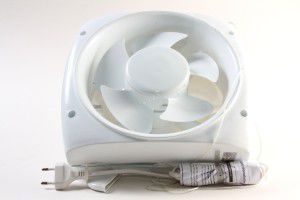
In most apartment buildings, for various reasons, natural ventilation does not work. Most of all, rooms with high humidity or the release of heat and odors are affected: kitchens and a bathroom. Here, condensation settles on glass and tiles, mold appears in the corners, and unpleasant odors spread to living rooms.
An apartment ventilation fan will save the day. It will draw out the humid exhaust air and create the necessary air exchange. To make the appearance of a fan in the ventilation system really useful, the device is selected for a specific room according to certain parameters. Too powerful, it will create drafts that are completely unacceptable for the bathroom. A weak fan will not cope with its function, in vain using the master's kilowatts.
Fan types
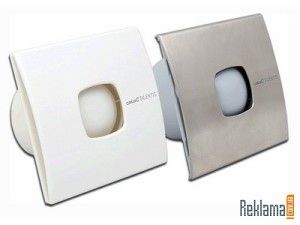
There are several types of fans on the market for ventilation of household premises for various purposes.
Structurally, they are all divided into three types:
- Axial;
- Centrifugal;
- Channel.
Axial fans - this is exactly the type that is installed in apartments. Axial fans for exhaust ventilation work very efficiently, are easy to install, therefore they are suitable for premises of any purpose.
Centrifugal fans usually used in large industrial systems and for ventilation of tunnels. Centrifugal fans are called "snails" because of the similarity of the shell to the shell of a gastropod. They are quite bulky, so their installation in the apartment is difficult. But some manufacturers create compact household models for bathrooms. This type of equipment is 2.5 - 3 times more expensive than the previous one, but the performance of the fan for ventilation is several times higher with the same power.
The intensity of the fan in the ventilation system depends on the size and shape of the blades. Centrifugal fans create high pressure, reduce air losses through winding networks and even when climbing.
Duct fans for forced ventilation installed directly into the duct. There are models for round and rectangular sections. In addition to the main function, duct fans are equipped with humidity and shutdown sensors. Such devices start when the set humidity level in the room is reached and stop automatically. Duct exhaust fans are often hidden in a waterproof casing. Therefore, they can be installed in saunas, indoor swimming pools, conservatories and other humid places.
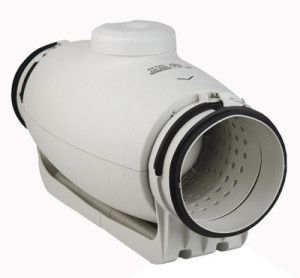
At the place of installation, household fans are distinguished:
- for the bathroom;
- kitchen;
- for bathrooms;
- window;
- ceiling;
- high temperature.
Household fans with a non-return valve designed specifically for ventilation of kitchens and bathrooms in apartment buildings.The valve prevents the exhaust air from returning from the exhaust duct to the apartment. Irresponsible residents of houses independently cut fans for ventilation of the bathroom or kitchen into the central exhaust duct, causing it to depressurize. Exhaust air from the kitchen or toilet is distributed to neighboring apartments. Therefore, it is advisable to install a fan with a non-return valve in the kitchen and bathroom.
Domestic fans with ventilation grilles have a capacity of no more than 3 thousand cubic meters of air per hour and are built into channels no more than 400 mm in diameter.
In residential buildings, wall fans are usually used, since the outlets from the ventilation ducts are located in the walls.

Silent fans cannot be called a separate category, but it is for this indicator that appliances for the home are often selected. Silent room ventilation fan ideal for small apartments. Quiet operation is ensured by the special shape of the blades and their slower movement. Most often, silent axial fans are purchased for household exhaust ventilation.
High temperature fans installed in saunas, steam rooms, fireplace rooms to eliminate steam and smoke from the room. Equipment of this class can withstand temperatures of 70 - 180 degrees Celsius. When purchasing a fan for forced ventilation in a sauna, it is advisable to select a model with additional protection against moisture ingress on electrical parts (IP protection).
In addition to those listed above, there are also corrosion-resistant, spark-proof, for smoke removal, dust and jet fans for ventilation of tunnels. These are powerful and large devices used in industrial systems. We dwell only on household models in detail.
Fan selection criteria for forced ventilation
Performance - this is the main indicator that is paid attention to when choosing a fan for ventilation of an apartment. Fan performance is calculated using the following formula:
P = Kw * O,
Where Kv Is the exchange rate for a given room,ABOUT - the volume of the room.
The rate of air exchange depends on the purpose of the room, this is a constant indicator, which is indicated in the SNiP.
Another 10-15% error is added to the resulting figure.
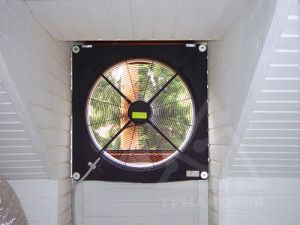
Noise level very important when selecting a fan for ventilation of a small apartment. During operation, a fan of any type generates two types of noise: aerodynamic and mechanical. Mechanical noise occurs when the housing vibrates, blades rub or rattles of loose parts. Aerodynamic noise occurs when air moves through the air ducts and between the fan blades. The noise level of a fan operating in a residential area should not exceed 25 decibels. For the kitchen, devices are purchased that reproduce up to 35 decibels. Fans for bathroom and toilet ventilation can work a little louder, because they turn on for a short period of time. Noise characteristics are specified in the documentation for the device.
To reduce noise, an insulating box and a sound attenuator are installed. But this option is used in industrial fan systems for ventilation of tunnels.
The degree of moisture resistance - an important point when choosing a fan for a bathroom, sauna and ventilation of other rooms with difficult climatic conditions. Any fan is powered by electric traction, therefore it is necessary to protect the contacts from moisture and steam penetration. Otherwise, there is a danger of a short circuit and even a fire. Fans powered by 24V are less hazardous.
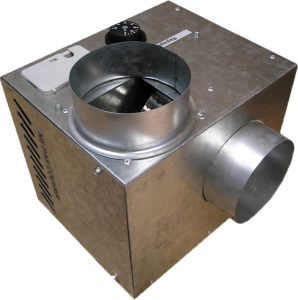
Heat resistance degree - taken into account when buying a fan for ventilation of rooms with fireplaces, steam rooms and baths.The fan casing must withstand high temperatures, therefore it is made of metal.
Ease of use not the last parameter when choosing a fan with a ventilation grill. You can purchase an electric fan for ventilation of any room, which will turn on with the light. This method leads to unnecessary spending. So, after bathing, the bathroom is always very humid. To expel the damp air, you will have to leave both the light and the fan on.
Fans equipped with humidity sensors or timers are more practical for apartment ventilation systems. The sensor starts the engine regardless of the lighting and the presence of people in the room, and the timer turns it off after a specified period of time.
Value for money... A powerful and quiet fan for the ventilation system of an apartment can break down without having worked for a year. Therefore, pay attention to products from large and well-known manufacturers. They are supplied with quality certificates, a guarantee, and special markings that determine the protection of the product. Minimum protection class IP 34.
Do not rely solely on fan dimensions. A very powerful device can be hidden in a small case. And even the price does not always mean high quality. A high-quality device of domestic production will work for at least 5 years.
Selection of an exhaust fan depending on the purpose

For bathroom and toilet Household overhead wall fans are perfect. They handle small areas while saving energy. Such a device is very easy to install. Part of its body is inserted into the ventilation duct, the other protrudes and is covered by a ventilation grill.
The built-in hydrosensor will increase the efficiency. He will turn on the engine when the humidity in the room rises and turn it off on his own. It is desirable that the fan for the bathroom has increased moisture protection. The fan capacity for bathroom ventilation is 60 - 350 cubic meters per hour, depending on the size of the room.
Window fans installed in a window or in a hole in the wall. Such fans are more often installed in shops, hairdressers, warehouses, cafes.
To install a window fan, it is necessary to make a hole in the glass, so their installation in the installed plastic windows is problematic. If you wish, you can build a fan into the glass unit even at the stage of its assembly.
The instructions for the fan indicate the maximum permissible glass thickness. There are supply and exhaust window fans, with a round or square profile. Round ones are often equipped with a check valve, it prevents street dust from entering the room.
Most of the models belong to the category of silent, regardless of the power, the best models emit no more than 46 decibels. The performance of window fans for ventilation of premises reaches 1 thousand cubic meters per hour.
There are models with remote control. Window fans are economical and invisible in the interior.
Kitchen fans installed directly into the hood. When choosing a fan for ventilation of the kitchen, it is necessary to clarify the degree of heat resistance. To protect the fan blades from grease and soot, a protective mesh is installed on the side of the room. A container is provided to collect grease and dirt. The axial fan for ventilation of the kitchen should be collapsible, this will simplify its cleaning. Most models have several power levels.
After watching the video, you can correctly install the purchased fan:

